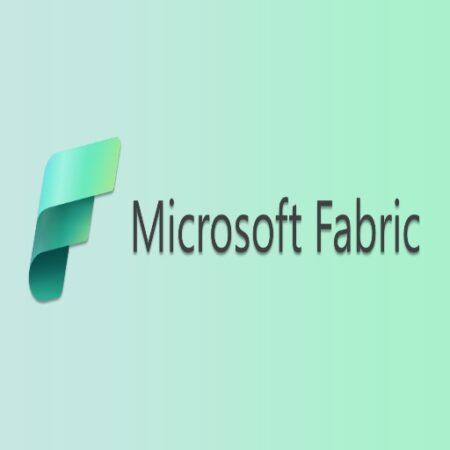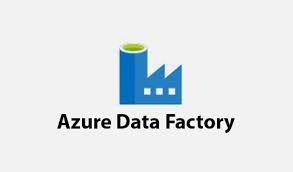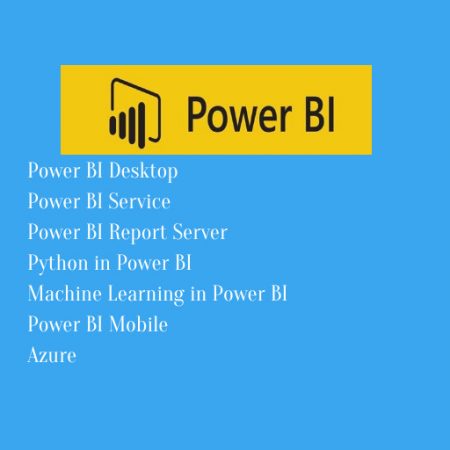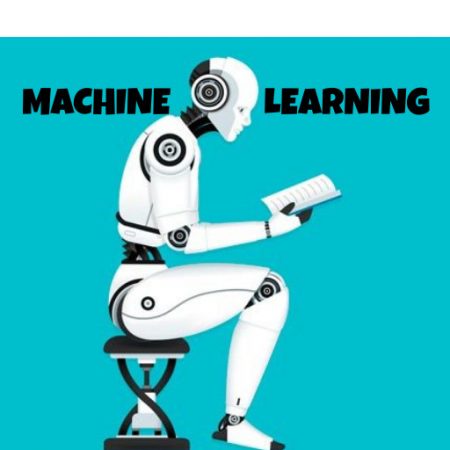Data science with python
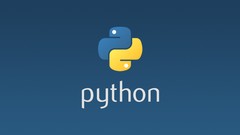
Python is a very powerful programming language used for many different applications. Over time, the huge community around this open source language has created quite a few tools to efficiently work with Python. In recent years, a number of tools have been built specifically for data science. As a result, analyzing data with Python has never been easier.
In this practical course, you will start from the very beginning, with basic arithmetic and variables, and learn how to handle data structures, such as Python lists, Numpy arrays, and Pandas DataFrames. Along the way, you’ll learn about Python functions and control flow. Plus, you’ll look at the world of data visualizations with Python and create your own stunning visualizations based on real data.
Course Features
- Lectures 162
- Quizzes 20
- Duration 80 hours
- Skill level All levels
- Language English
- Students 2247
- Assessments Yes
-
Data Science Demo
In this Demo you will understand what is data science,who is data scientist ...etc
-
Python Introduction and Anaconda Installation
We will learn what is python and why we are using python in data science . why not other languages like c,c++,jave ... etc. We also learn how to install anaconda and more information about spyder IDE
-
Python Data Types
We will learn int,float,complex,bool,str data types
-
Python Lists
-
Operators
-
Control Flows
-
Functions
-
Methods
-
Modules
-
Packages
-
Dictionaries
-
Lambda Functions
-
Syntax Errors and Exceptions
-
Iterables and Iterators
-
List Comprehension
-
Generators
-
Numpy Packages
-
Pandas(Python Data Analysis Library)
-
Matplotlib Visulization
-
Importing Data from Files
-
Importing Data From RDBMS
-
Import from internet
-
Machine Learning Pre Processing
-
Machine Learning Models or Algorithms
- Machine Learning Introduction
- Types of Machine Learning Algorithm
- k Nearest Neighbor Algorithm
- K Nearest Neighbor Algorithm Non Parametric Method
- Understand IRIS dataset
- KNN lab1
- KNN Train and Test (need to take one more time)
- KNN Hyper Parameter Tunning
- Logistic Regression Intro
- Logistic Regression Lab1
- Confusion Matrix ,Cllasification Report ,ROC curve and AUC
- Hyper Parameter Tuning
- Linear regression Algorithm Introduction
- Linear Regression Algorithm Lab 1
- Microsoft Azure ML cloud Introduction 1
- Microsoft Azure ML cloud Introduction 2
- R2 Square and RMSE Calculation
- Train and Test Split Linear Regression
- Cross Validation or k fold
- Linear regression One more example using Boston Data
- Support vector machines (SVMs)
- ML Pre Processing ## Outliers
- ML Pre Processing ## Categorical Data
- ML Pre Processing ## Missing Data Data
- ML Pre Processing ## ML Pipeline
- Unsupervised Learning Introduction
- Unsupervised Learning # K Means Clustering
- Unsupervised Learning # Clustering Quality
-
NLU / NLP / Text Analytics/ Text Mining
- NLP # Introduction
- NLP # Regular Expressions# Tokenization
- NLP # Word # Sentences # tweet #regex Tokenizations
- 123.Word counts with bag of words
- 124.Text pre-processing
- 125. Lemmatization_or_Stemming
- 126. Gensim
- 127. Tf-idf with gensim
- 128. Named Entity Recognition(NER)
- 129. SpaCy_Displacy
- 130. Multilingual NER with polyglot
- 131. Building a fake news classifier
-
Data Science Project Using NLP
-
Exams
-
Deep Learning
- 05_of_08_Deep_Learning_or_Neural_Network/
- DSP_L5_01_Introduction
- DSP_L5_01_Introduction
- DSP_L5_02_Model_Optimization
- DSP_L5_03_Gradient_Descent
- DSP_L5_03_Gradient_Descent
- DSP_L5_04_Backward_Propagation
- DSP_L5_04_Backward_Propagation
- A Step by Step Backpropagation Example – Matt Mazur
- DSP_L5_05_Keras_Introduction
- DSP_L5_05_Keras_Regression_Model
- DSP_L5_05_Keras_Regression_Model
- DSP_L5_06_Creating_Keras_Classification_Models
- DSP_L5_07_Understanding_Model_Optimization
- DSP_L5_08_Model_Validation
- DSP_L5_08_Model_Validation
- DSP_L5_08_Model_Validation
- DSP_L5_09_Model_Capacity
- Create a New Repository
- Project1_Identify_hand_written_digits
- Project1_Identify_hand_written_digits
- Project1_Identify_hand_written_digits

